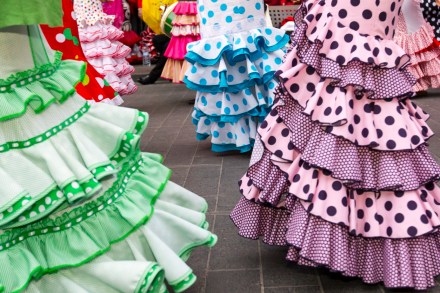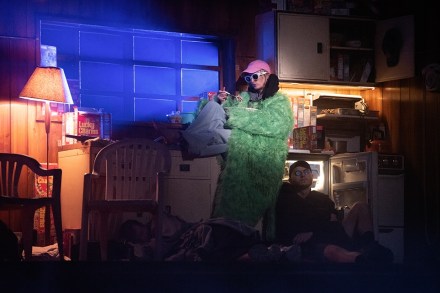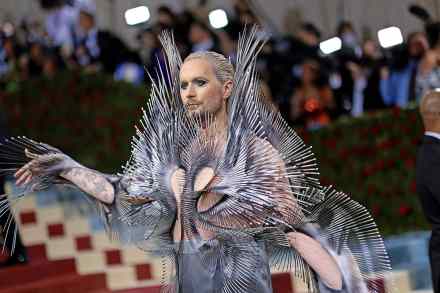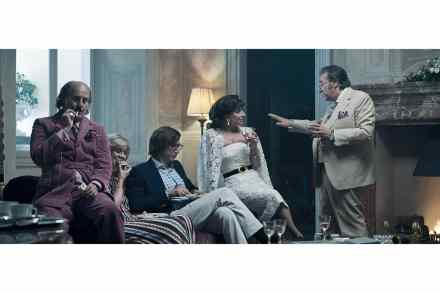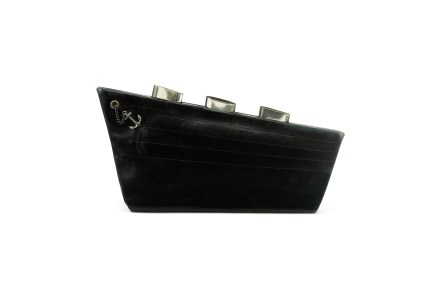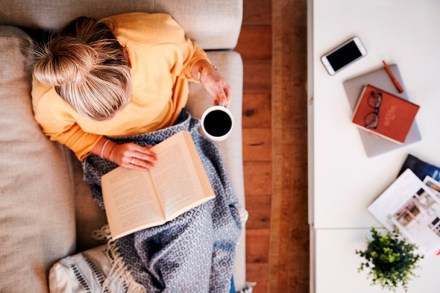The unique style of Seville
If you want to feel scruffy, head to Seville, the outrageously attractive capital city of southern Spain’s Andalucia region. It’s not just the abundant exquisite architecture – the city has one of the largest historic ‘old towns’ in Europe, with every bar, café and restaurant looking tiptop – but also the sartorial elegance that abounds among the local population, made even more striking by it coexisting in apparent easygoing harmony with the often plain awful turnout of us tourists and visitors. If Santiago de Compostela in north-western Spain is the city of rucksacks and walking sticks, then Seville – currently Google’s most searched-for flight-only destination – is the city of
